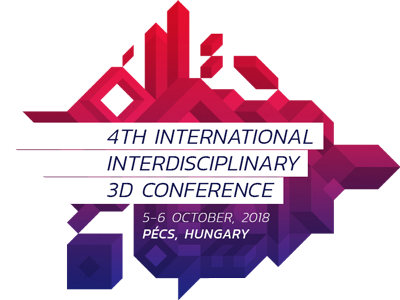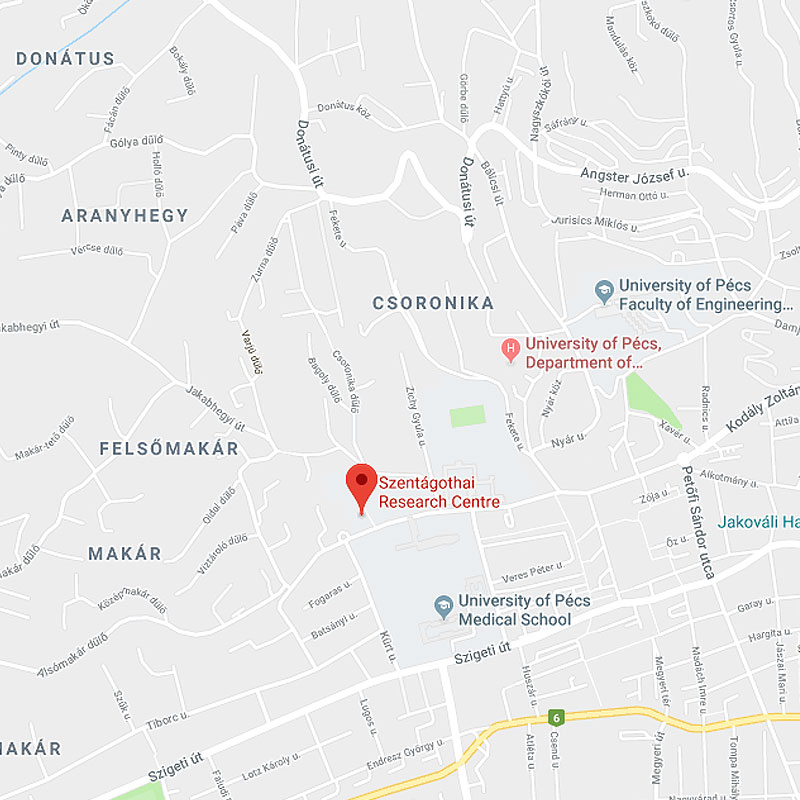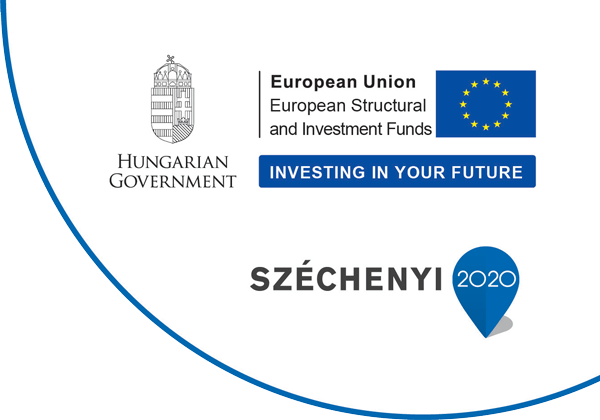
Date
October 5-6, 2018
Location, venue
Szentágothai Research Centre, Ifjúság str 20, Pécs, Hungary
Main theme
This year the primary theme of the conference is bioprinting for clinical applications.
This event is unique throughout Central Europe and in some respect all over Europe as the ethical and legal framework of using bioprinted organs for direct clinical applications is still under development. Hence, we would like to focus the conference not just around the technicalities of tissue printing but also the use of such in vitro produced tissues in drug development, drug testing and highlighting the necessary –and often missing steps- in legislations to be able to use such in vitro made human tissues.
Organizers, contact
Prof Dr Judit E Pongracz, pongracz.e.judit@pte.hu
Dr Krisztian Kvell, kvell.krisztian@pte.hu
Ms Petra Matyas, matyas.petra@pte.hu
Preliminary programme
Friday, October 5
|
8:00-9:30 |
Registration |
| 9:30-10:00 | Opening Ceremony |
| 10:00-12:00 | Keynote presentations Prof Metin Akay Biomedical engineering – from exoskeletons to human tissues Dr Jose Luis Carrillo Gamboa 3D bioprinting and how do we use it in Osteoarthritis lesions Dr Glauco R. Souza Magnetic 3D Bioprinting, from Generating Spheroids to Fingerprinting Cell-Types Dr Krisztián Fodor Bioprinted medicinal products and the ATMP regulation |
| 12:00-13:00 | Light refreshments |
| 13:00-14:30 | Session I. Oral presentations |
| Krisztina Bánfai Benefit of exosomes in artificially engineered 3D thymus cultures |
|
| Dr. Altug Akay Deep Learning and Molecular Robotics |
|
| Dr. András Dinnyés In vitro modelling of the human central nervous system: 2D and 3D neural induction methods for the generation of neural progenitor cells from human induced pluripotent stem cells |
|
| Dr. Luca Járomi
Drug transporters in human 3D lung aggregate cultures |
|
| 14:30-15:00 | Coffee break |
| 15:00-16:45 | Session II. Oral presentations |
| Dr. Szilvia Barcza Technological aspects of 3D |
|
| Dániel Puskás Challenges in bioprinter design |
|
| Dr. Orsolya Rideg Challenges and promises of adipose tissue derived stem cells (ADSCs) in regenerative medicine |
|
| Dr. Róbert Szabó Human tissue bioprinting as new approach in research of dental implantology |
|
| Dr. Péter Bakó 3D bioprinting of the auditory ossicles: preliminary results and pitfalls |
|
| 17:00-18:00 | Round Table Discussion – Stem cells, iPS and current legislations |
| 20:00- | Dinner |
Saturday, October 6
| 9:00-10:00 | Coffee |
| 10:00-11:30 | Session III. Oral presentations |
| Dr. Jose Manuel Baena An improved biofabrication process to enhance cell survival of cartilague regeneration and functionality of the osteoarthritic knee when enriched with Bone Marrow Mesenchymal Stem Cells |
|
| Dr. Franciska Erdő Skin permeability modelling – in vitro, ex vivo and in vivo studies |
|
| Dr. Tkacz Ewaryst An Application of Both Higher Order Spectra and Principal Dynamic Modes (PDM) for Rehabilitation Progress Estimation Concerning Patients After Ischemic Brain Stroke |
|
| Dr. Kostka Pawel to be announced |
|
| 11:30-12:00 | Light refreshments |
| 12:00-14:00 | Workshop: Hands-on Bioprinting - from in silico design to the printed item (for registered participants) |
Sponsors
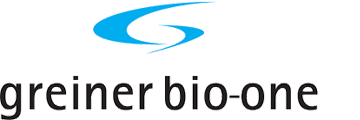
Greiner-Bio-One
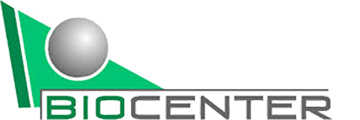
Biocenter Kft
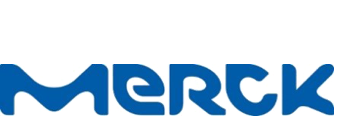
Merck Kft
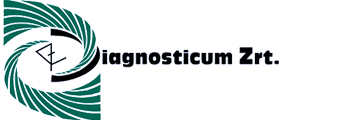
Diagnosticum Zrt.
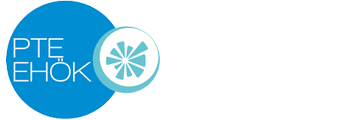
PTE EHÖK
Keynote speakers
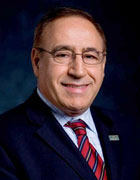
Metin Akay, PhD
Founding Chair
John S Dunn Endowed Chair Professor
Department of Biomedical Engineering
University of Houston,
Houston, Texas, USA
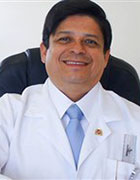
Jose Luis Carrillo Gamboa, DHC PhD
Founder Director
Centro De Medicina Regenerativa Querétaro Ac., Mexico
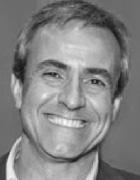
Glauco R. Souza, PhD
Director of Global Business Development and Innovation, 3D Cell Culture
Greiner Bio-One
Adjunct Assistant Professor, University of Texas Health Science Center at Houston, TX USA
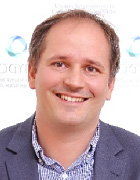
Krisztián Fodor, PhD
National Institute of Pharmacy and Nutrition
Department of Strategy, Methodology and Development
Registration
Hands-on Bioprinting Workshop - from in silico design to the printed item
We are excited to offer a “hands-on” bioprinting experience. This workshop will be held at the János Szentágothai Research Centre on the 6th of October from 2 pm to 5 pm. The workshop will consist of two sessions:
The primary aim of the first session is to learn how to create presonalized 3D models of anatomical structures using conventional medical imaging data (CT or MRI). Participants will learn about the fundamentals of anatomical segmentation, and acquire the essential skills for creating 3D printable models using the open-source reconstruction software, 3D Slicer. After getting familiar with Slicer’s interface and basic capabilities, the workshop will be focused on how to handle, import, and load medical imaging data, and how to use the combination of manual an automatic (semi-automatic) segmentation methods to develop the most effective 3D model creation workflow.
In the second session, we will provide a video demonstration of the specific challenges of bioprinting. Participants will get a detailed protocol involving cell cultures to actual printing and finally cellular differentiation. Interested attendees have the opportunity to familiarize themselves with the Regemat type bioprinter.
Workshop tutors: Dr. Barcza Szilvia, Dr. Rideg Orsolya, Puskás Dániel
